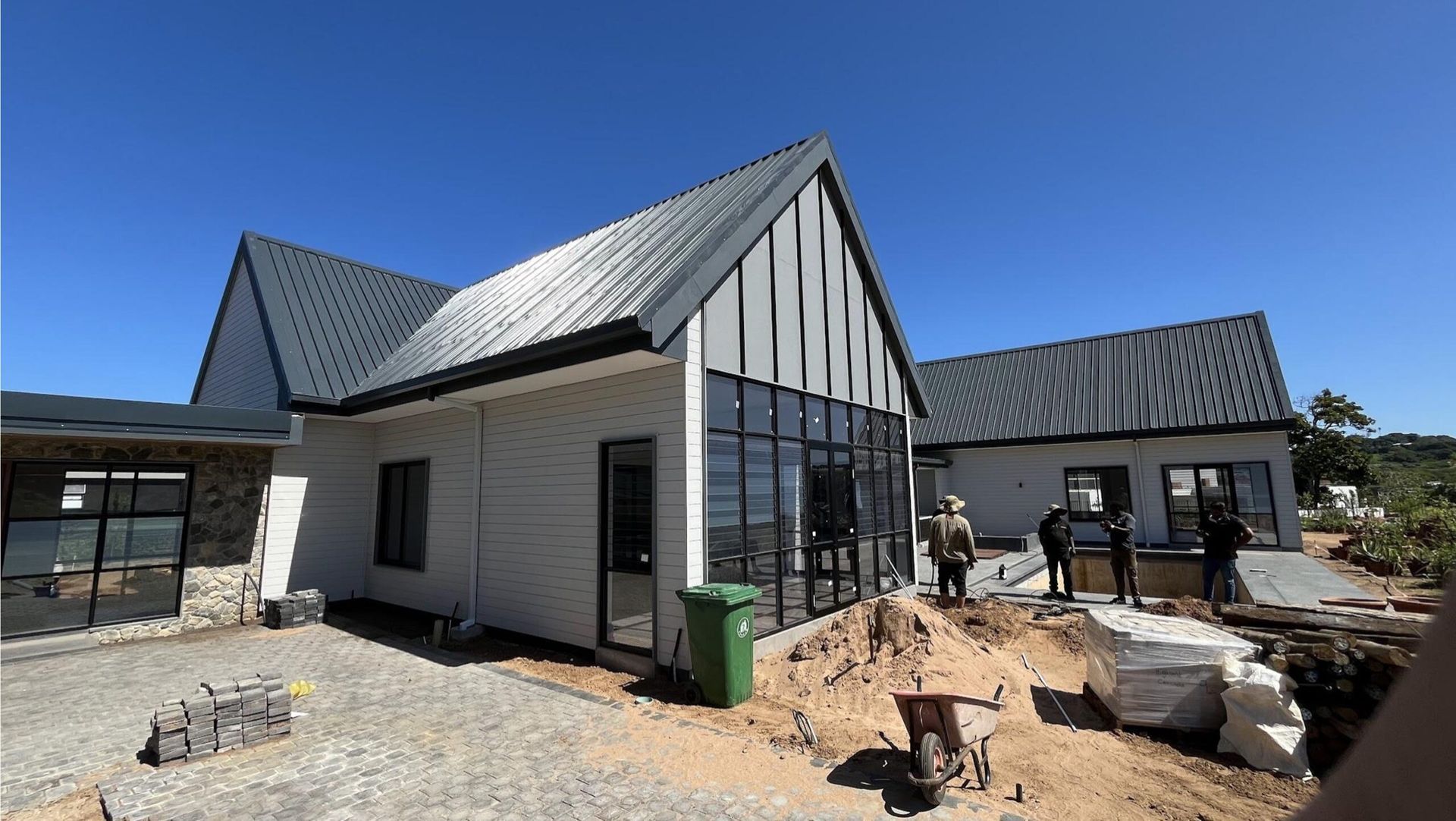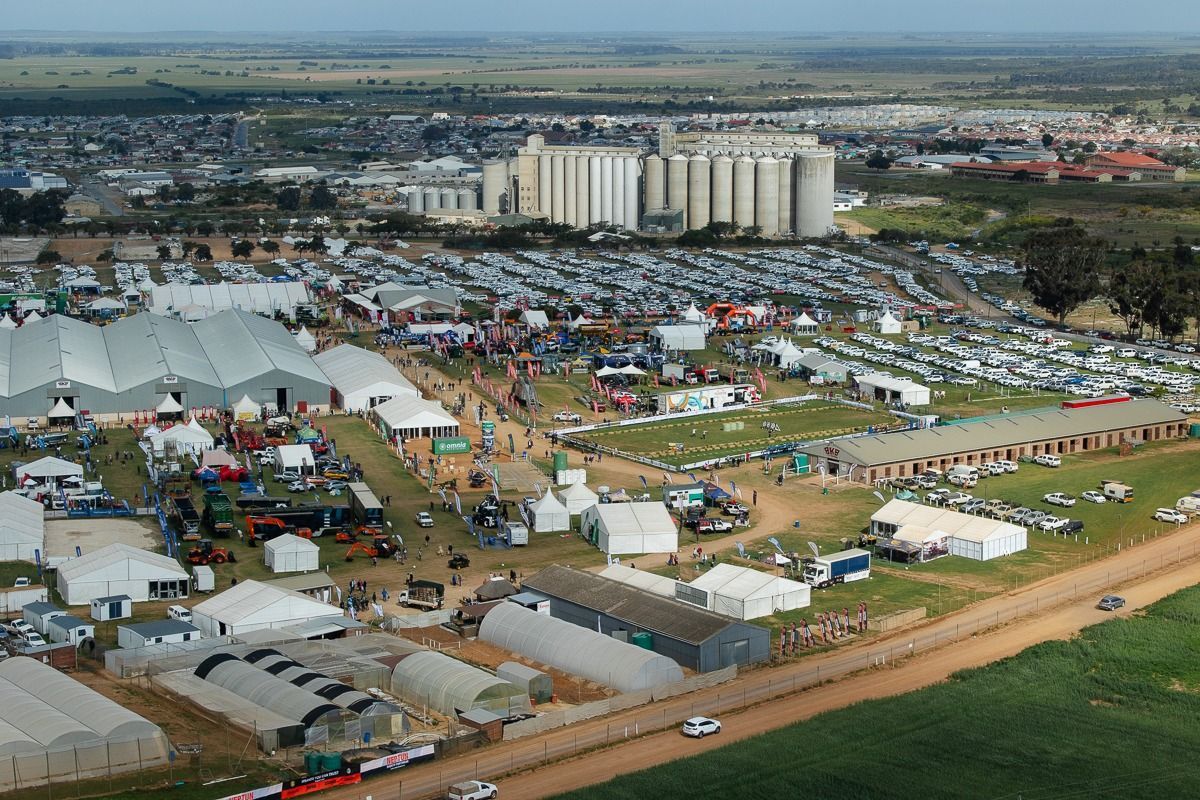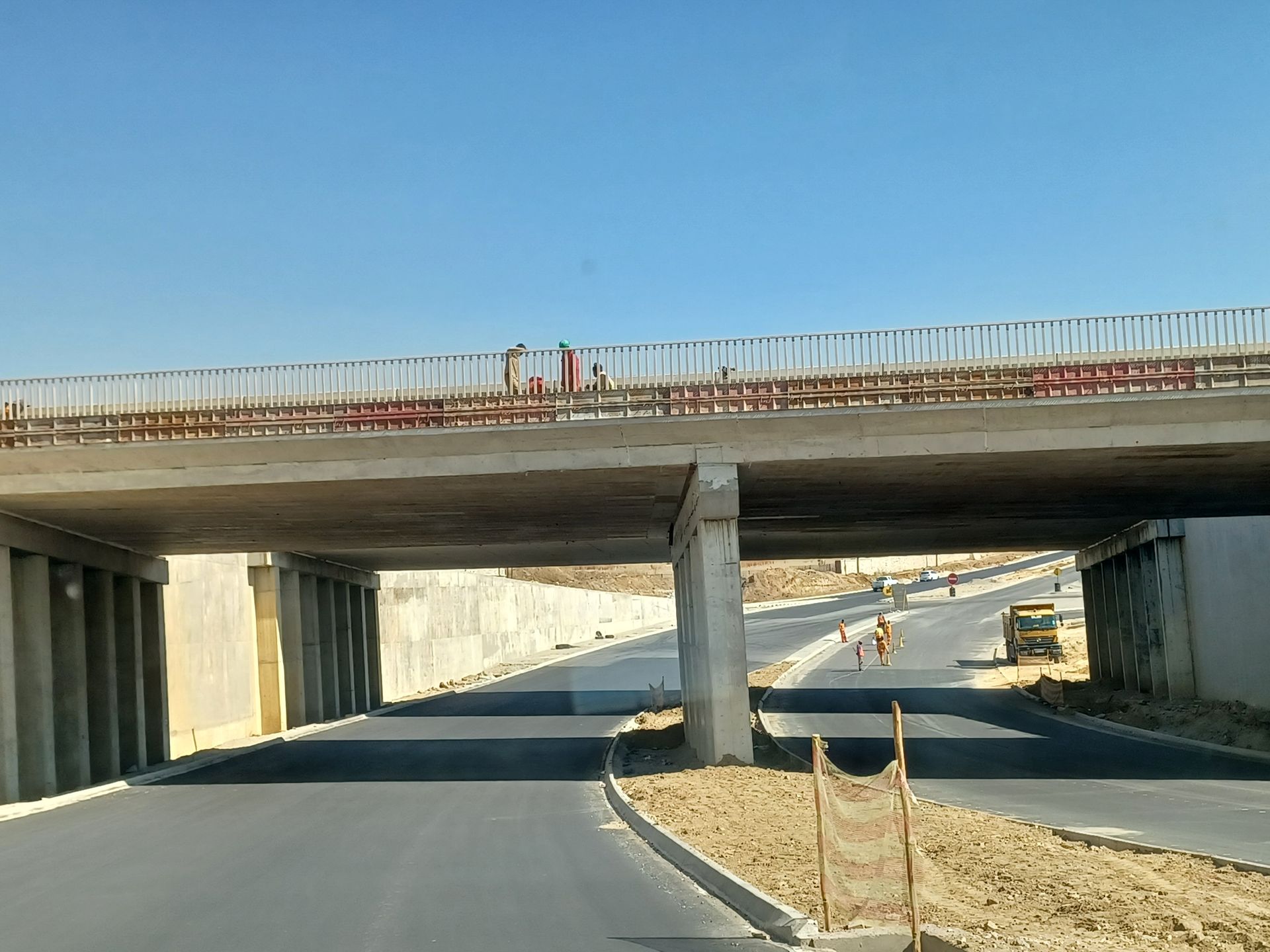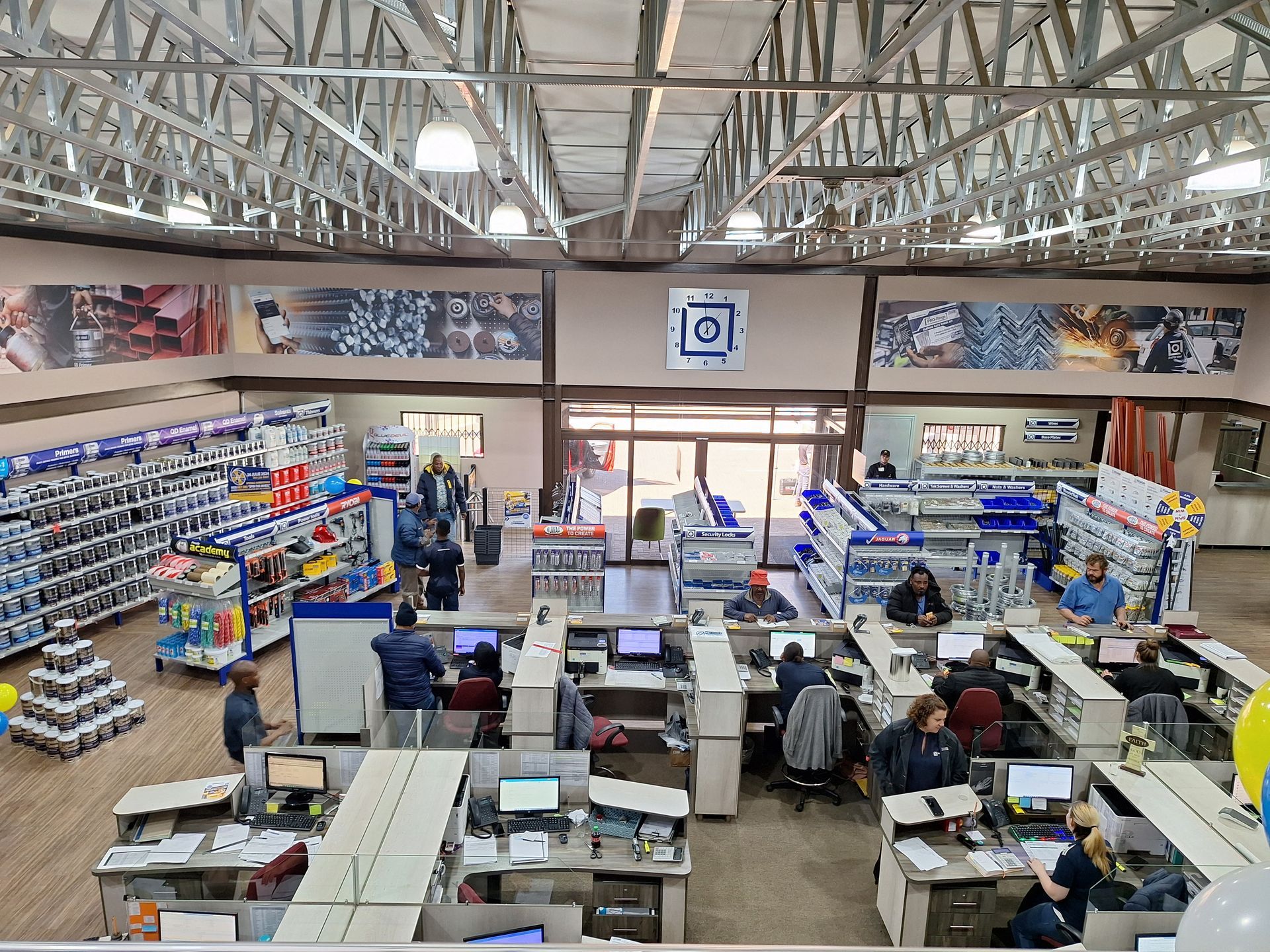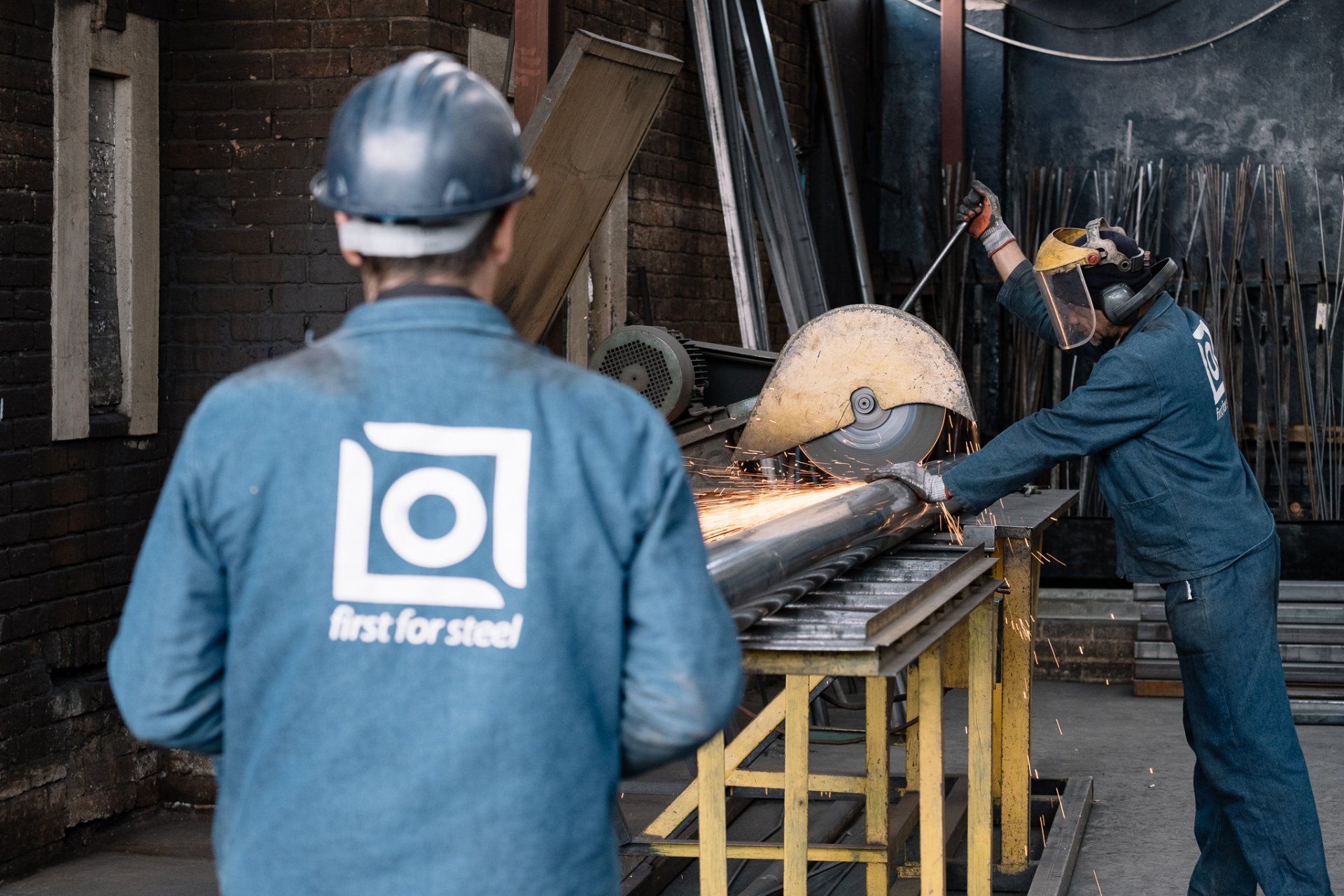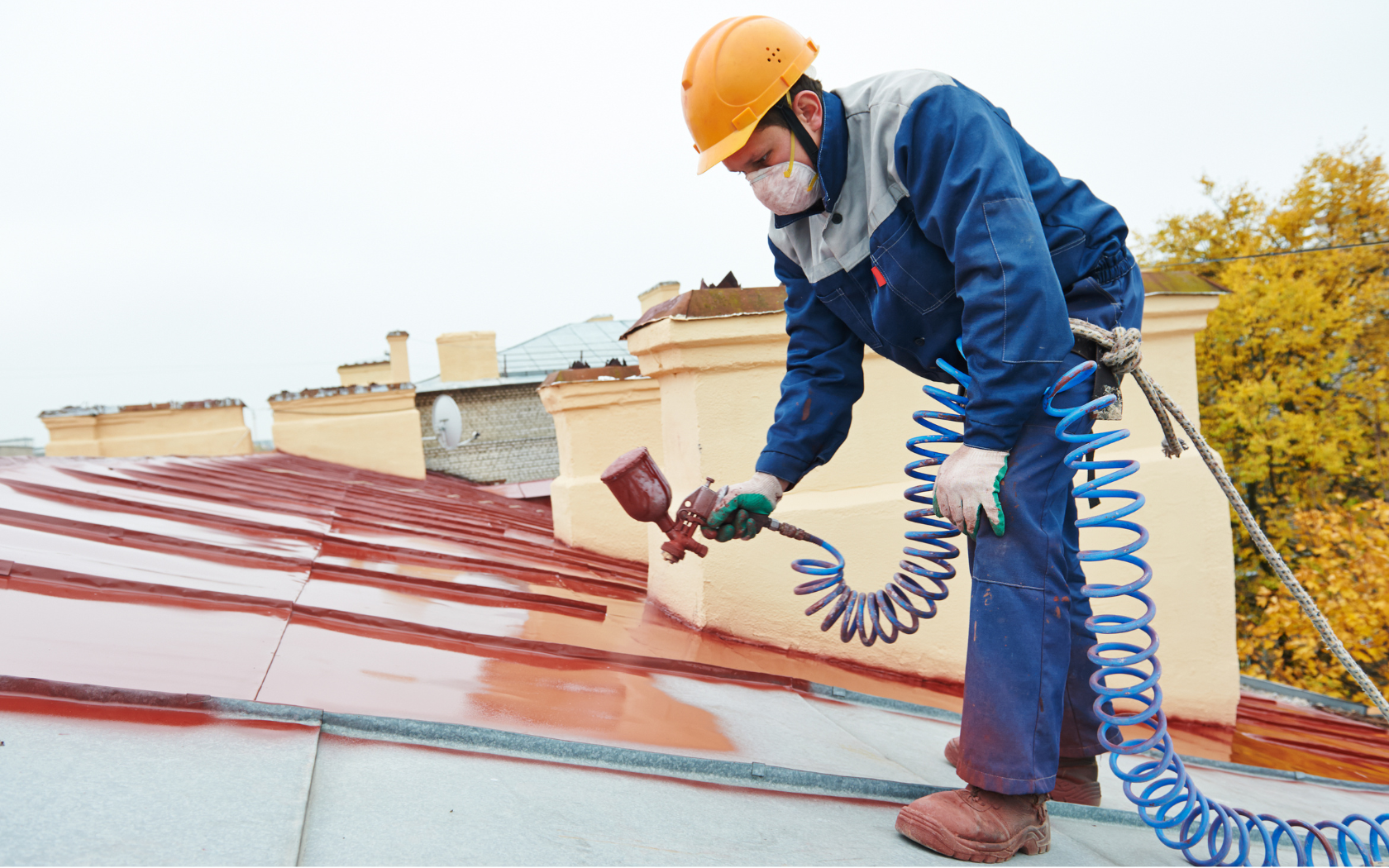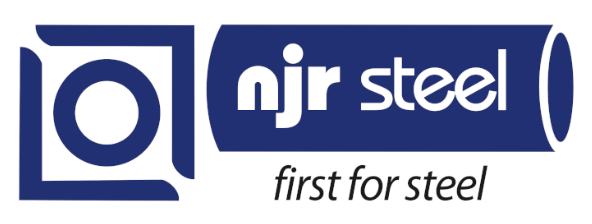State of South Africa's Metals and Engineering Sector in 2024
Industry Insight: Metals Sector 2024 Update
The latest insights from the "State of the Metals and Engineering Sector Report 2024" released by the Steel and Engineering Industries Federation of Southern Africa (Seifsa) on February 20 reveal a nuanced picture of South Africa’s critical metals and engineering sector. Despite a modest 1.7% increase in aggregate production in 2023 — an uptick from 2022's 1.5% rise — the sector remains 18% below its pre-2008/9 levels.
Moreover, the 2023 index of production consistently lagged about 4.2% behind its long-term average, indicating ongoing challenges in reaching historical productivity highs.
Crude Steel Production Surge in 2024
Adding to the sector's dynamics, South Africa's crude steel production has shown a notable surge in the first quarter of 2024, with production surging by 13.8% compared to the previous quarter (Q4 2023), reaching 1.3 million metric tons.
February 2024 alone witnessed an extraordinary 17.0% increase in crude steel production compared to February 2023, marking this as the fourth consecutive month of double-digit growth since November 2023. This marks a significant expansion in the nation's steel manufacturing capabilities and showcases a resilient industrial landscape.
Despite this growth, production levels still lag behind pre-COVID benchmarks. March 2024 alone saw production reach 441,800 tonnes, a 2.8% increase over March 2023, continuing a trend of four consecutive months of output increase since December 2023.
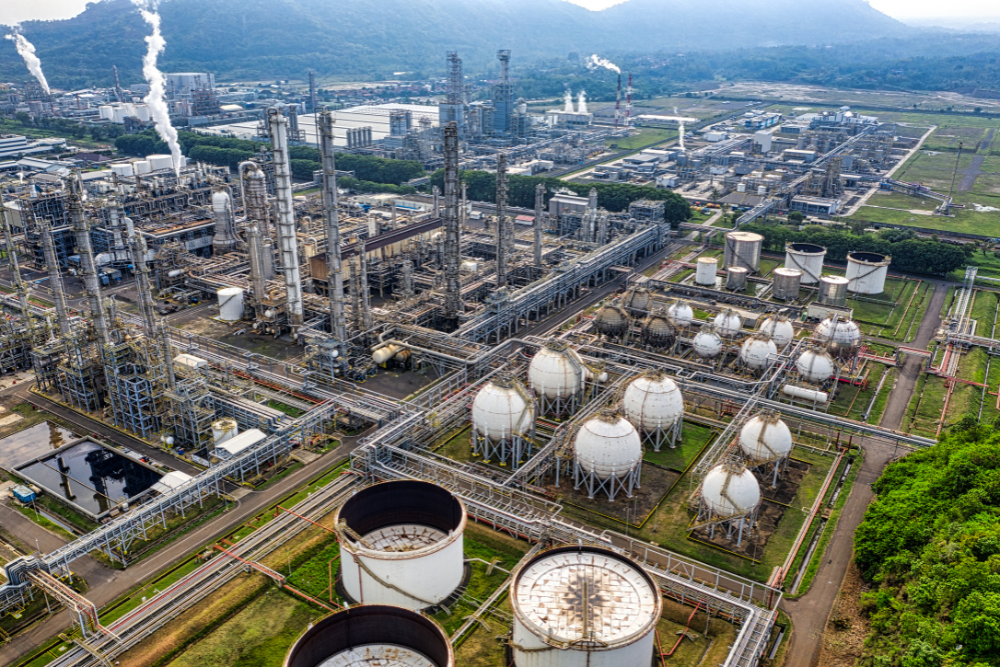
Economic Context and Future Outlook
This sector, which accounts for approximately 26.2% of South Africa’s manufacturing output, finds itself at a crossroads amid moderating inflation and persistent geopolitical tensions. During the online launch of the report, Seifsa's COO Tafadzwa Chibanguza provided a cautiously optimistic outlook for 2024. Despite improvements, Chibanguza highlighted that production levels have yet to sustainably surpass pre-Covid-19 benchmarks, often fluctuating near these levels.
Global Economic Influences and Geopolitical Risks
Chibanguza also noted the global economic outlook's potential stagnation over the medium term, which could dampen demand. Although global growth skews toward advanced economies, this offers limited export opportunities for South Africa, as Sub-Saharan Africa remains its largest export market. The geopolitical landscape continues to pose significant risks, with ongoing conflicts and local challenges like loadshedding, logistical issues, and political uncertainties tied to election outcomes possibly reshaping policy directions.
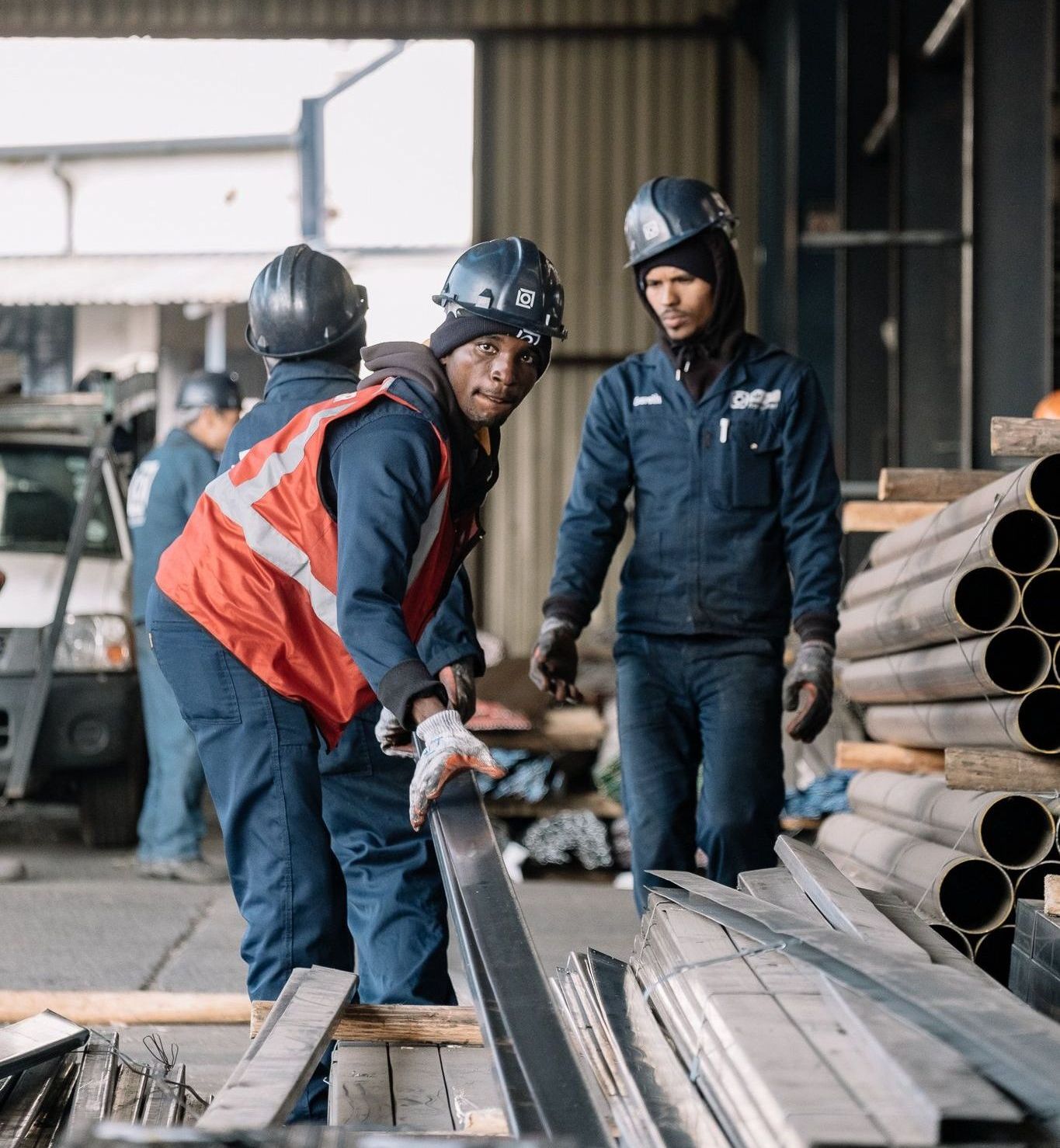
Operational Efficiencies and Employment
The report also sheds light on operational efficiencies within the sector, noting that capacity utilization hovered around 75.3% — well below the optimal 85%.
Employment in the sector also declined by 2% in 2023, with a staggering 37.2% decrease since 2008, even as compensation slightly increased.
Investment Trends and Economic Potential
On investment fronts, while gross investment in the sector saw a significant rise of 33.5% between 2021 and 2022, net investment remained negative, continuing a trend since 2008.
This has contributed to a gradual deterioration in the sector's fixed capital stock, compounded annually by 0.8%.
Inflation Dynamics and Investment Climate
Positively, Chibanguza highlighted the quicker-than-anticipated subsidence of inflation in advanced economies, potentially easing monetary policies globally. This could reduce interest rates, fostering a more favorable investment climate and bolstering demand for the metals and engineering sector’s offerings. However, the sector’s full potential remains hampered by numerous domestic companies stuck in survival mode amidst these numerous challenges.
For more information and the full report please visit:
